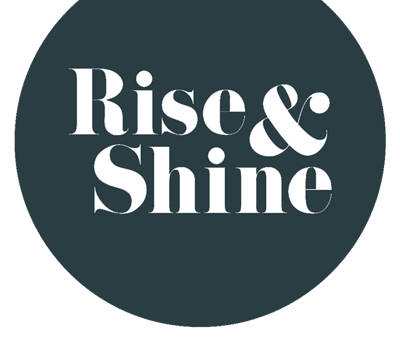How to set your team up for success transitioning back to the office
Finally, teams are coming together after months of flexible working from home. Readjusting can be tricky, with emotions running high and it’s natural for you as a leader to be feeling the same.
Elevated stress levels can impede performance on tasks that require divided attention, working memory, retrieval of information and decision making, it also impacts our relationships and wellbeing. Now’s the perfect time to consider how best to support your people through this huge transition and set a new way forward.
A recent ‘return to work’ survey by PwC found that most office workers (83%) want to work from home at least one day a week, and half of employers (55%) anticipate that most of their workers will do so long after COVID-19 is not a concern. While those percentages might vary in your team it’s probably safe to say many won’t be cheering about returning back to the office.
The office isn’t obsolete yet, but it is changing. While the COVID-19 crisis showed that staff can interact well when apart, people still want to engage with colleagues in person. It’s why 50% go into the office. Employees will not be returning to the same office they left behind. Everyone will need to find new ways to connect and collaborate
In this article we will share three strategies to support you as a lead to ease through the transition:
1. Listen
Listen to your team’s disappointments and concerns with empathy. Acknowledge how they are feeling. Never state ‘sorry but this is outside of my control’ rather explain the companies reasoning behind the policies and show your support. Keep these messages consistent and confidently lead the way forward.
2. Be proactive with your communication
While stress and anxiety around the future is still very worrisome for many it is important you are proactive in alerting people to any further changes you hear about. Let them know you will keep them informed and build trust.
3. Bring the team together – design a new and improved culture (everyone wants to be part of)
We highly recommend bringing the team together for a team building session or an ‘away day’ to reconnect, reset and design their ideal emotional culture going forward. As Ron Carucci, co-founder at Navalen puts it ‘“One of the best ways to ease any angst your team might be feeling is to create a sense of lightheartedness for them. There are unquestionably things that people miss about being in the office: rituals your team enjoyed, celebrations that were suspended, opportunities to be off camera and feel less isolated, lets bring them back into focus. A PwC survey from June 2020 revealed that 50% of employees felt that collaboration and relationship building were better in person so create some space in your diary and your unlikely to regret it”.
Join forward-thinking Kiwi businesses such as Air NZ, Westpac, NZ Rugby, XERO and even Netflix who all understand that emotional culture is as vital as a company’s intellectual and values and are currently putting their teams through the “Map My Emotional Culture” workshop.
Let’s face it; Kiwis aren’t great at discussing emotions — and many companies don’t even care how their employees are feeling. So long as they’re getting the work done, why worry?
Those companies are well behind the times.
As this HBR article explains, emotional culture influences employee satisfaction, burnout, teamwork, and even hard measures such as financial performance and absenteeism.
Now is the perfect time to get your team together to design your team culture going forward, almost like a team pact it highlights the expectations, actions and behaviours that align with your team’s desired emotions to support success.
To facilitate this workshop we use the acclaimed Emotional Culture Deck, a simple and flexible card game toolkit that facilitates transformative face-to-face conversations.
Do the Mahi and watch as your team transition with ease, designing a better future, increasing satisfaction and fulfilment — improving customer relations and engagement and increasing profits What can you do today to guide your team back to a new and improve ‘return’
